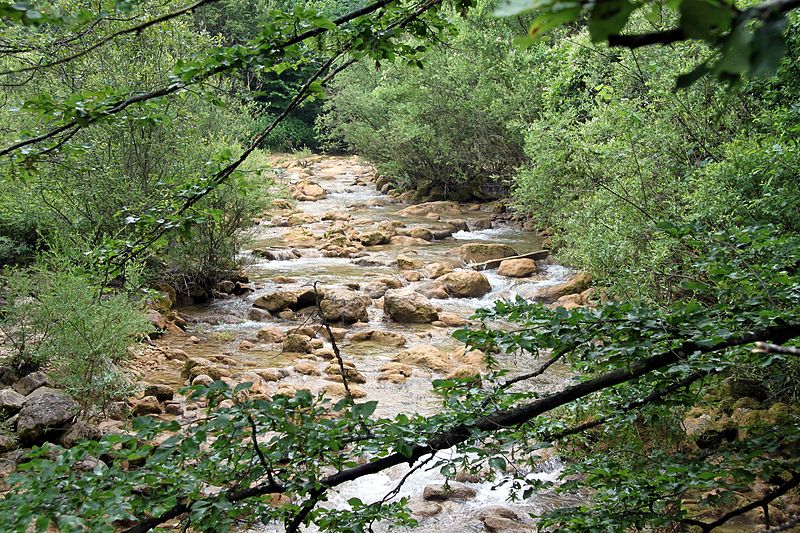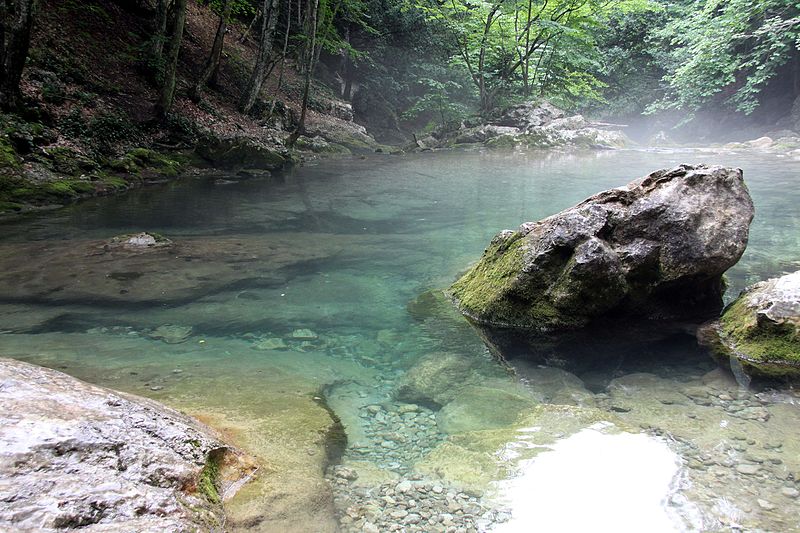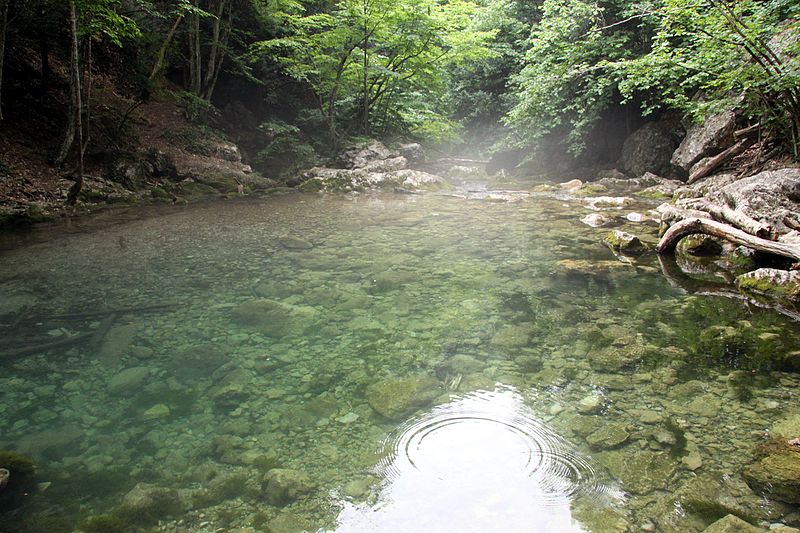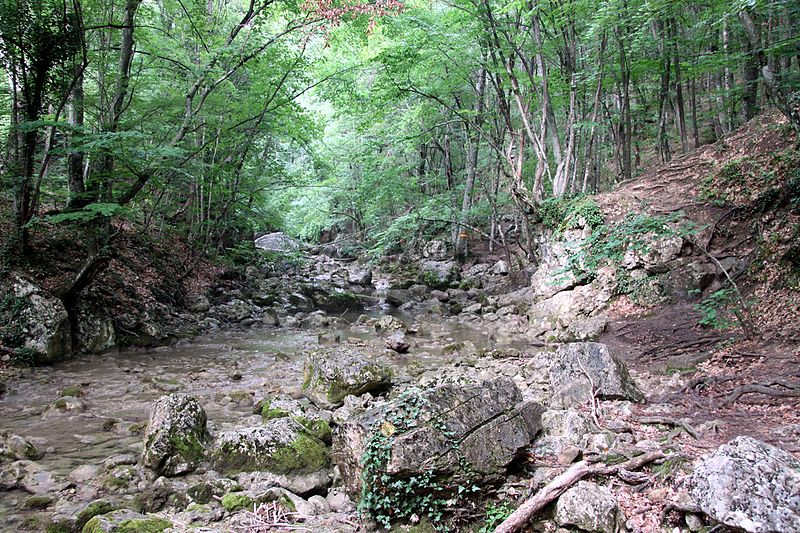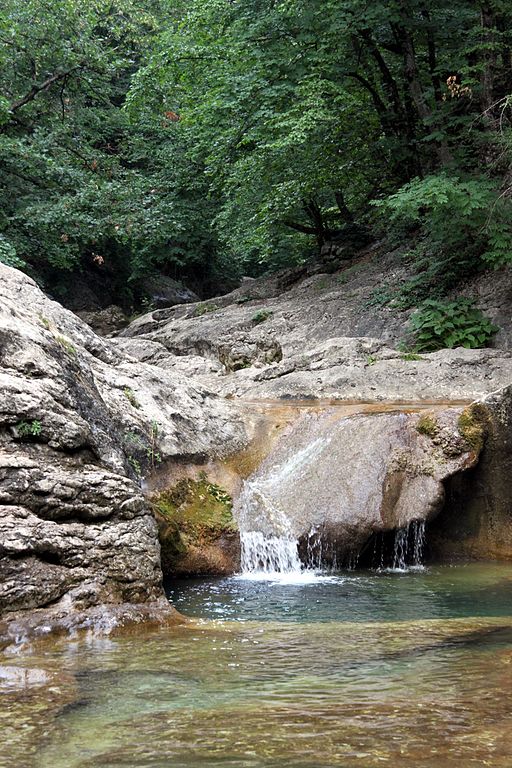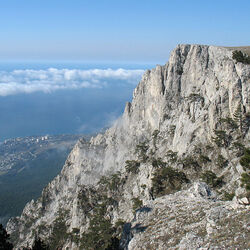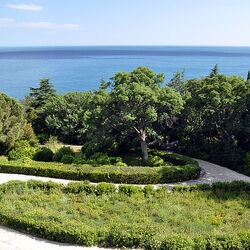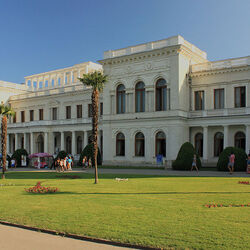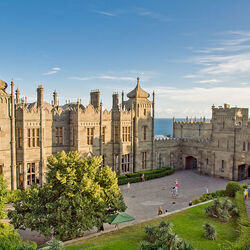Big canyon of Crimea
The Grand Canyon of Crimea is a fairly large canyon in the Bakhchisarai region, formed as a result of water exposure about 2 million years ago.

The Grand Canyon is over 300 meters deep, only 3.5 kilometers long, and in some places no more than 3 meters wide. About 200 million years ago, the Crimean peninsula was covered by the ancient Tethys Sea, in which the remains of various organisms were deposited for millions of years, later the bottom of the sea rose and fell several times due to the movements of tectonic plates. As a result, the canyon began to consist of sandstone, mudstones, siltstones, limestone and clay. Over the past millions of years, the water has been grinding soft sandy rocks, forming a stunning canyon, cauldrons 2 meters deep, and waterfalls 3-4 meters high. There are about 150 cauldrons in the Grand Canyon of Crimea, the canyon walls are usually smooth, the bottom is strewn with a large number of boulders.
Many springs and streams flow into the canyon, which form the Auzun-Uzen River (translated from Crimean as Estuary River). The water temperature in streams is no more than 10 degrees, even in the hottest weather. In autumn, when there is little rain, the streams in the canyon almost dry up, and during heavy rains it is extremely risky here, because a huge stream of water rushes along the canyon bed, scattering huge stones in different directions. Rockfalls also increase in the rain.
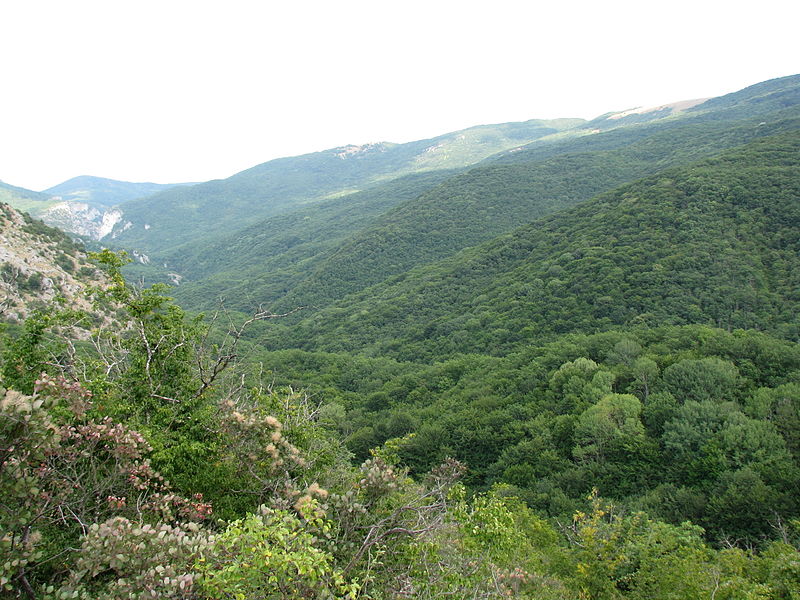
The Grand Canyon of Crimea has a special microclimate. There is high humidity and low temperatures, which is why vegetation after winter begins to develop almost a month later than the surrounding area. Mainly beeches, oaks, linden trees, maples, hornbeams grow in the gorge. Especially worth noting are relict yew berry trees 10-15 meters high. Also, more than half of the varieties of orchids found in Crimea grow here. There are a large number of trout in the canyon streams, and hedgehogs, badgers, and roe deer can be found nearby. Birds often include chickadees, jays, woodpeckers, red-tails, and Muscovites.
In 1947, the canyon was declared a natural monument, and in 1974 it became a landscape reserve. From that moment on, it is forbidden to set up tents, collect flowers, light a fire and do any actions that could damage nature. The state of the reserve is being monitored by employees of the Kuibyshev forestry. For the convenience of tourists, the forestry staff has arranged routes to the most interesting places. The most frequently visited are the Pania Spring, the Bath of Youth, and the Blue Lake.
